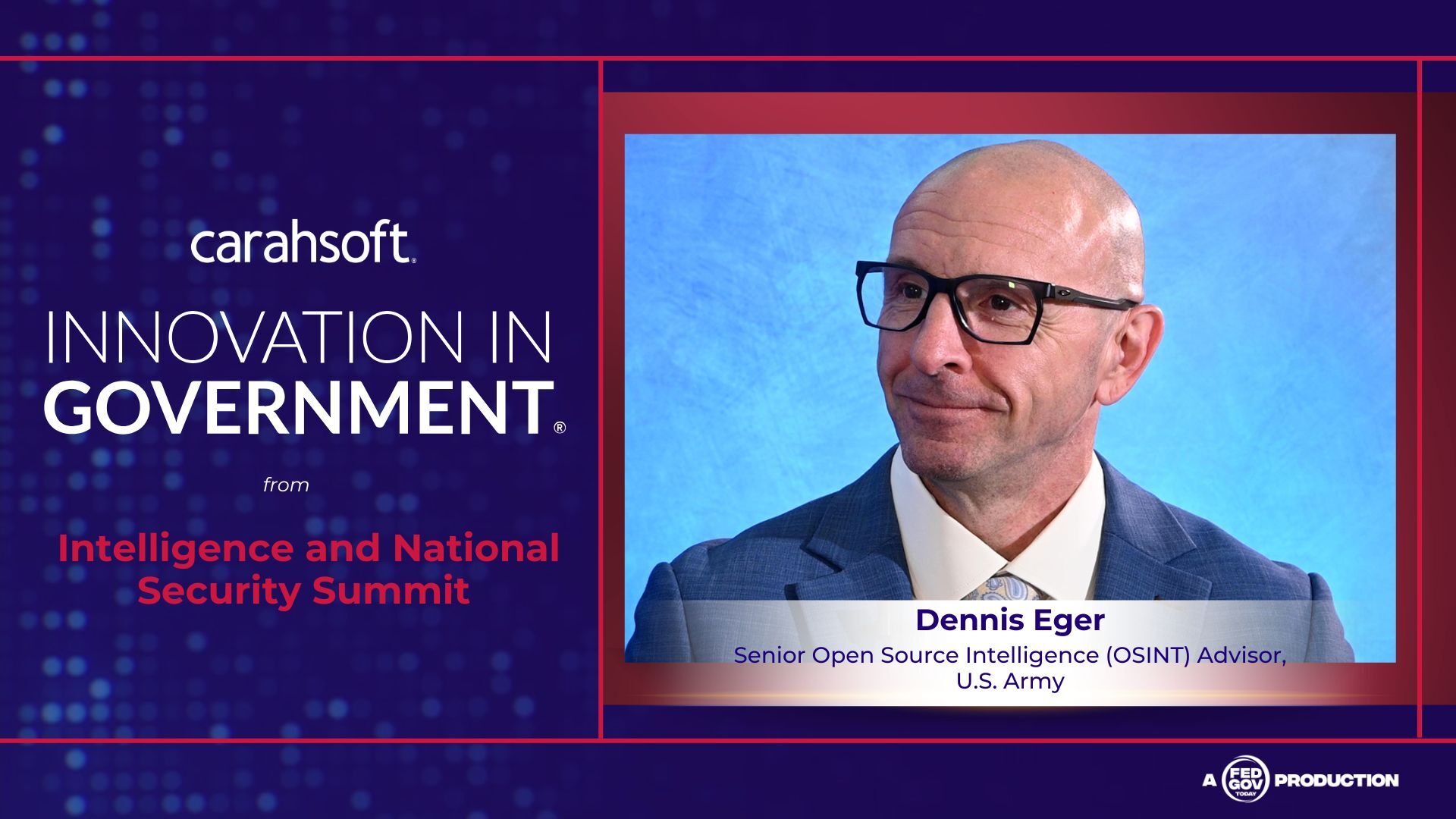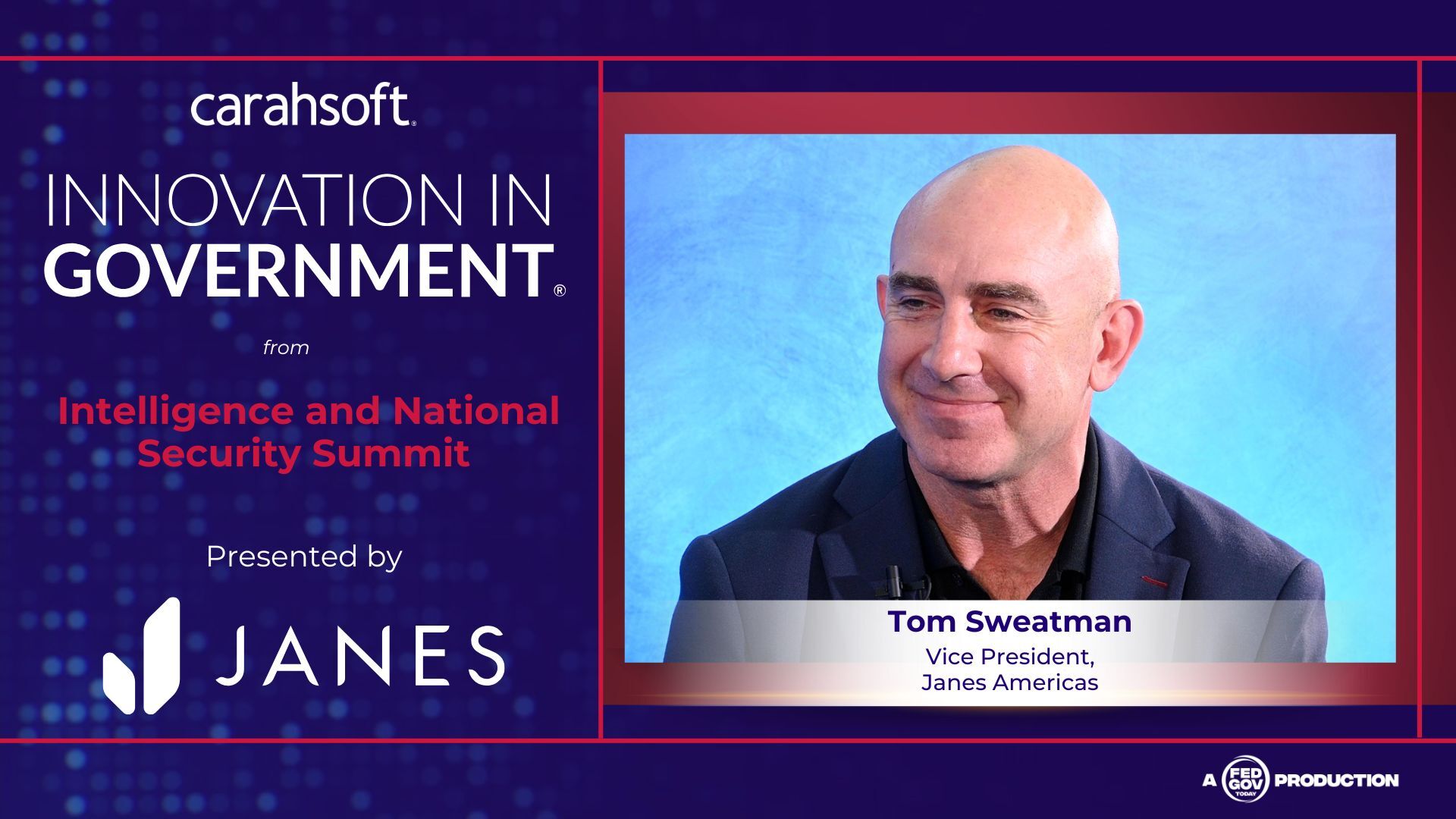Original broadcast on 5/20/25
Presented by ShadowDragon & Carahsoft
Sean Underwood, Vice President of Global Government at ShadowDragon, offers a nuanced view of the evolving OSINT landscape—one that emphasizes the importance of definitions, authorities, and use-case clarity. OSINT is no longer limited to simply scraping publicly available data from the internet. It now includes both Publicly Available Information (PAI) and Commercially Available Information (CAI), and the distinctions between these matter deeply for policy and legal compliance.
Underwood emphasizes that while OSINT is being adopted across a wider range of agencies—including civilian agencies that once had no history of intelligence work—the application of OSINT is still fragmented. Different missions, authorities, and legal standards affect how data can be collected, processed, and applied. For example, law enforcement users may be restricted from using commercial datasets without proper authorization, while intelligence professionals working under Title 50 authorities may have broader access.
 At the same time, technology is reshaping expectations. Artificial intelligence and automation are now table stakes for any serious OSINT operation. Underwood acknowledges the benefits—faster searches, richer queries, and broader reach—but also warns against the risks of oversimplification. He argues that OSINT tools are becoming too “Google-like,” which can give analysts a false sense of confidence. Just because a tool delivers a result quickly doesn’t mean that result is correct or actionable.
At the same time, technology is reshaping expectations. Artificial intelligence and automation are now table stakes for any serious OSINT operation. Underwood acknowledges the benefits—faster searches, richer queries, and broader reach—but also warns against the risks of oversimplification. He argues that OSINT tools are becoming too “Google-like,” which can give analysts a false sense of confidence. Just because a tool delivers a result quickly doesn’t mean that result is correct or actionable.
This is where training becomes paramount. Underwood says that government users must be educated not just on how to use OSINT tools, but when and why to use them. Mission context must drive the application of technology—not the other way around. And analysts need to be taught to interrogate the tools they use, understanding the difference between correlation and causation, relevance and noise.
Underwood is optimistic about OSINT’s future, particularly as more agencies adopt it as a formal discipline rather than a side project. But he insists that this growth must be accompanied by structural support: training programs, policy guidance, and ethical frameworks that ensure the discipline matures responsibly.
Key Takeaways:
-
Understanding the legal and operational distinctions between PAI and CAI is critical to responsible OSINT.
-
Oversimplified tools can mislead; analyst training is essential for responsible application.
-
OSINT must grow alongside clear policy and education structures to ensure sustainable use.
This program was part of the program Innovation in Government: OSINT Edition filmed on location at the OSINT Tech Expo on May 2, 2025.



